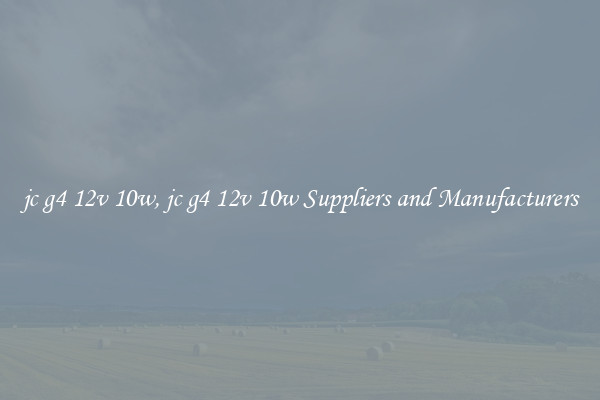active hf tag, active hf tag Suppliers and Manufacturers
An active HF tag, also known as an active High-Frequency tag, is a type of RFID (Radio Frequency Identification) tag that operates at a frequency of 13.56 MHz. Unlike passive HF tags, active HF tags have their own power source, usually a battery, which enables them to transmit data over longer distances and operate at higher read rates.

Active HF tags are widely used in various industries and applications including asset tracking, inventory management, access control, and logistics. These tags are known for their ability to provide real-time tracking and monitoring of valuable assets. They can be attached to vehicles, containers, equipment, or even individuals, allowing businesses to keep track of their assets in real-time and enhance overall operational efficiency.
When it comes to active HF tag suppliers and manufacturers, there are numerous options available in the market. Some of the well-established players in the industry include HID Global, Xerafy, Tadbik Systems, and Omni-ID, just to name a few. These companies offer a wide range of active HF tags that cater to various industry needs and requirements.
One of the key benefits of active HF tags is their long read range, which typically ranges from a few meters to a few hundred meters. This allows for efficient and accurate data capture without the need for close proximity to the reader. Additionally, active HF tags have the ability to store and transmit a larger amount of data compared to passive tags, making them suitable for applications where extensive data storage is required.
Furthermore, active HF tags often come equipped with sensors such as temperature, humidity, and motion sensors, which enable businesses to monitor environmental conditions and detect any unexpected changes. For instance, in the cold chain industry, active HF tags can be used to monitor the temperature of perishable goods during transportation, ensuring that they remain within the desired range.
In terms of compatibility, active HF tags are typically compatible with existing HF readers and infrastructure, making it easier for businesses to integrate them into their existing RFID systems. This ensures a smooth transition from passive to active tags without having to invest in new readers or infrastructure.
In conclusion, active HF tags offer numerous advantages over passive tags, making them a popular choice in industries where real-time tracking, long read range, and extensive data storage are crucial. With a wide range of suppliers and manufacturers in the market, businesses have plenty of options to choose from when it comes to sourcing active HF tags that meet their specific needs and requirements.

View details

View details

View details

View details








